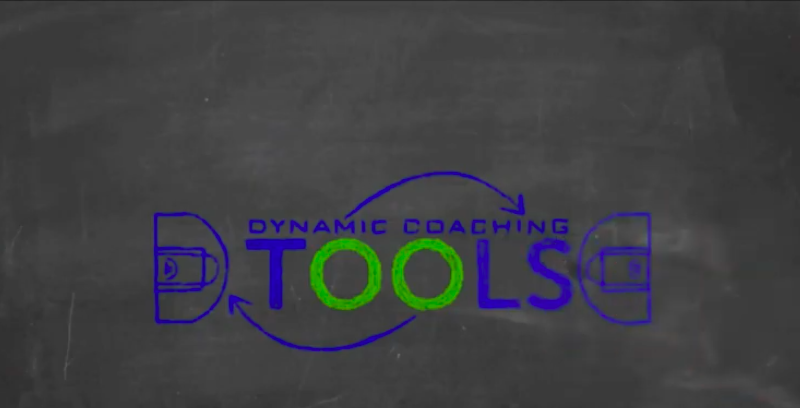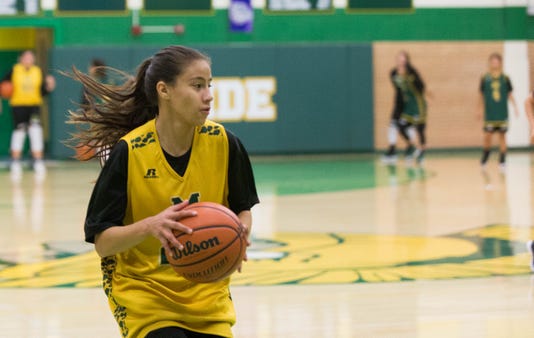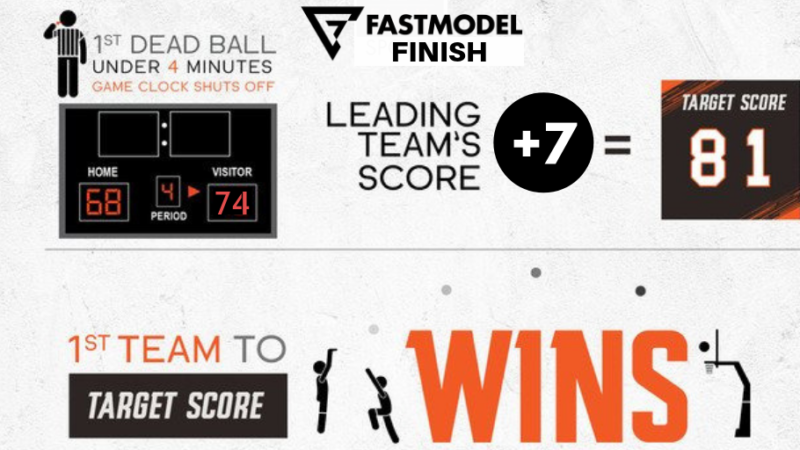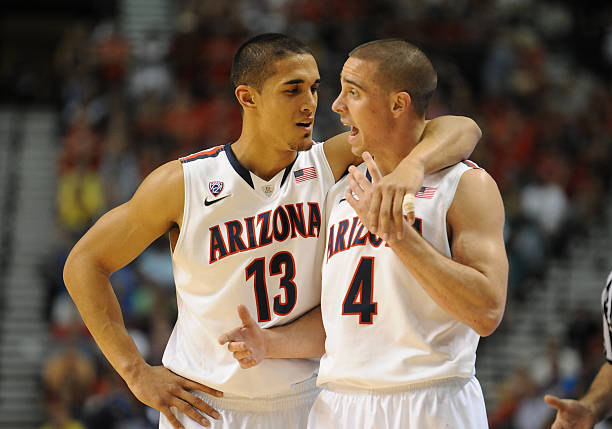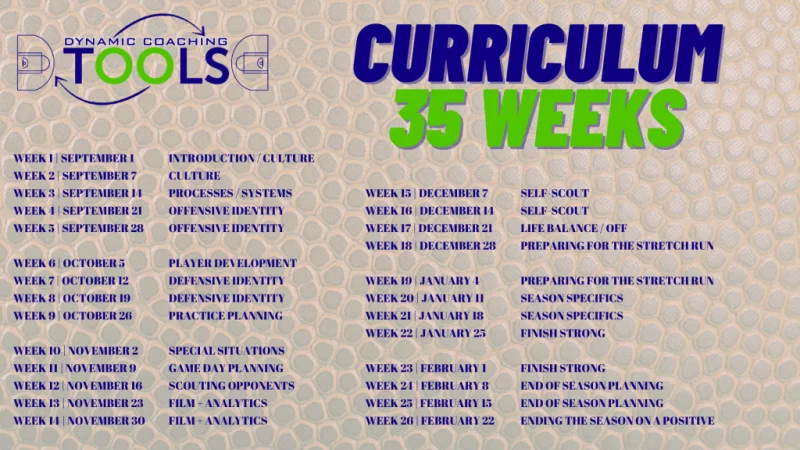DCT | Chalk Talk | Episode 2
In Episode 2 of the Dynamic Coaching Tools “Chalk Talk” series, we breakdown “14-Chase.” This is a set that we first saw utilized by the Louisville men’s basketball team. We eventually used it with our team, and then it was also ran multiple times throughout the 2018 March Madness. Here is our team running the set.
Now, enjoy Episode 2 of “Chalk Talk,” and then take a look at the counter that can be used against switching teams.
Here is the counter, which is used against teams that are switching screens.
“14 Chase Punch” from @CoachBrotherton leads to an easy bucket for @JadaBball23
The Lady @VillageVikings lead by 14 early in the 3rd quarter! #BeUncommon #weareVILLAGE pic.twitter.com/XrQ9xicREN— Andy Johnson (@CoachAJohnson) February 23, 2019
If you have questions about this set, please contact us via e-mail at: INFO@dynamiccoachingtools.com

